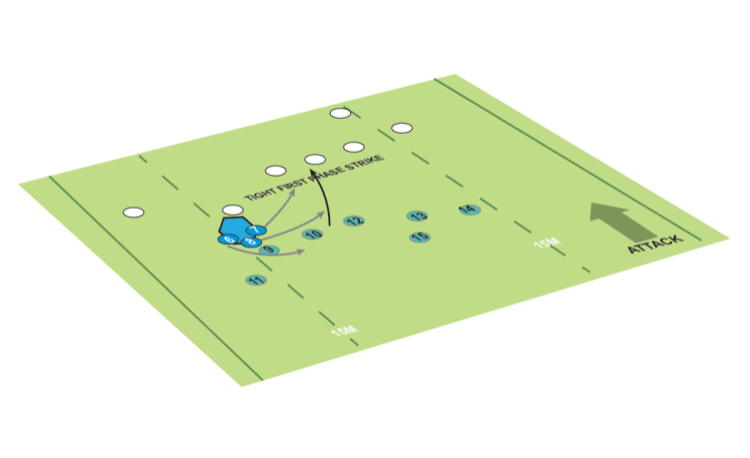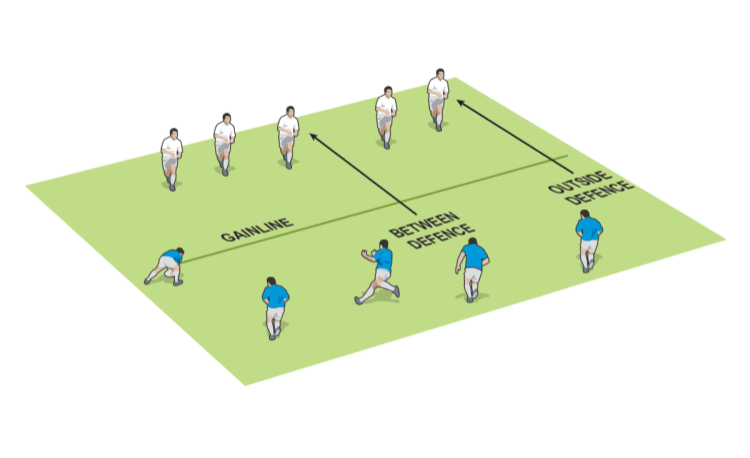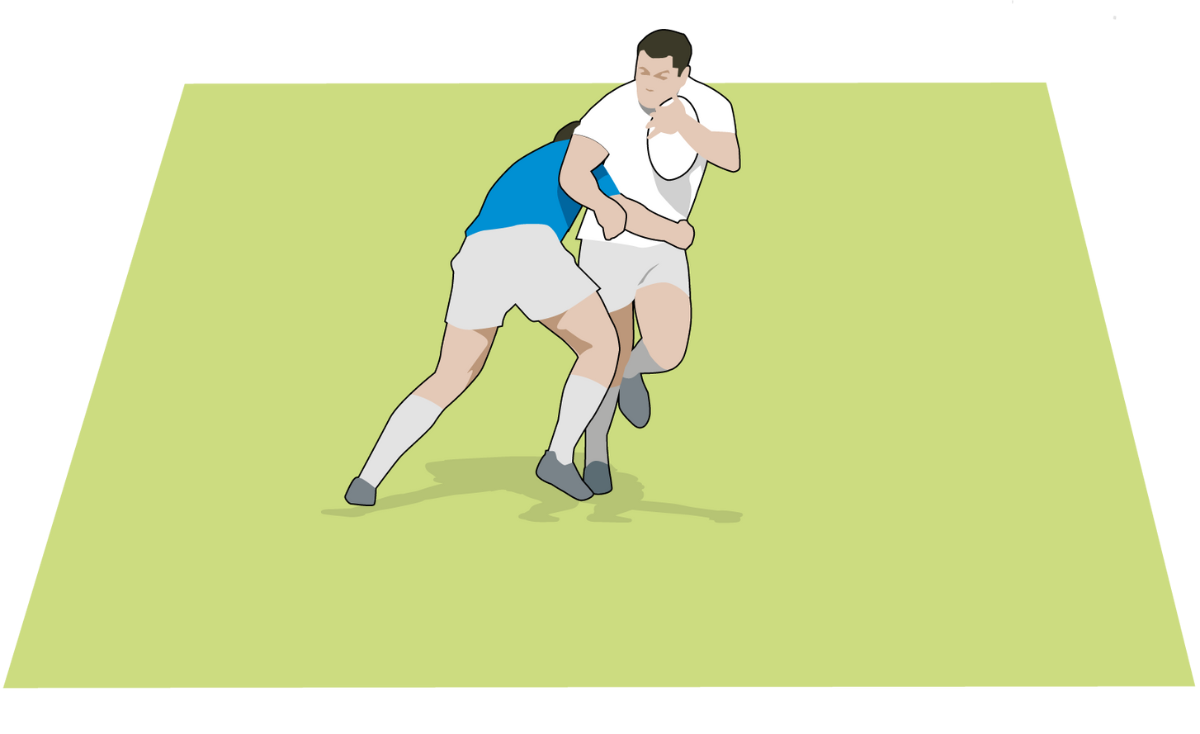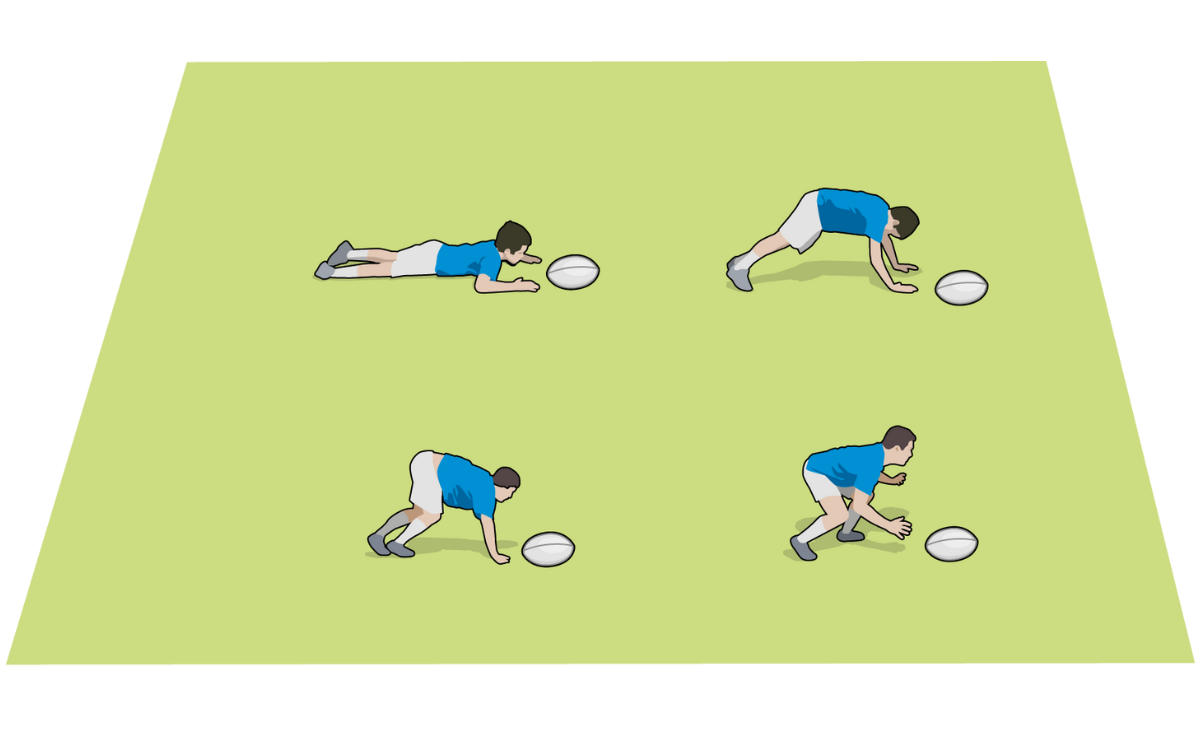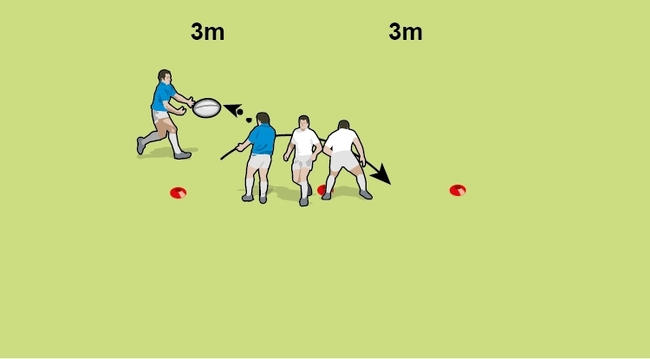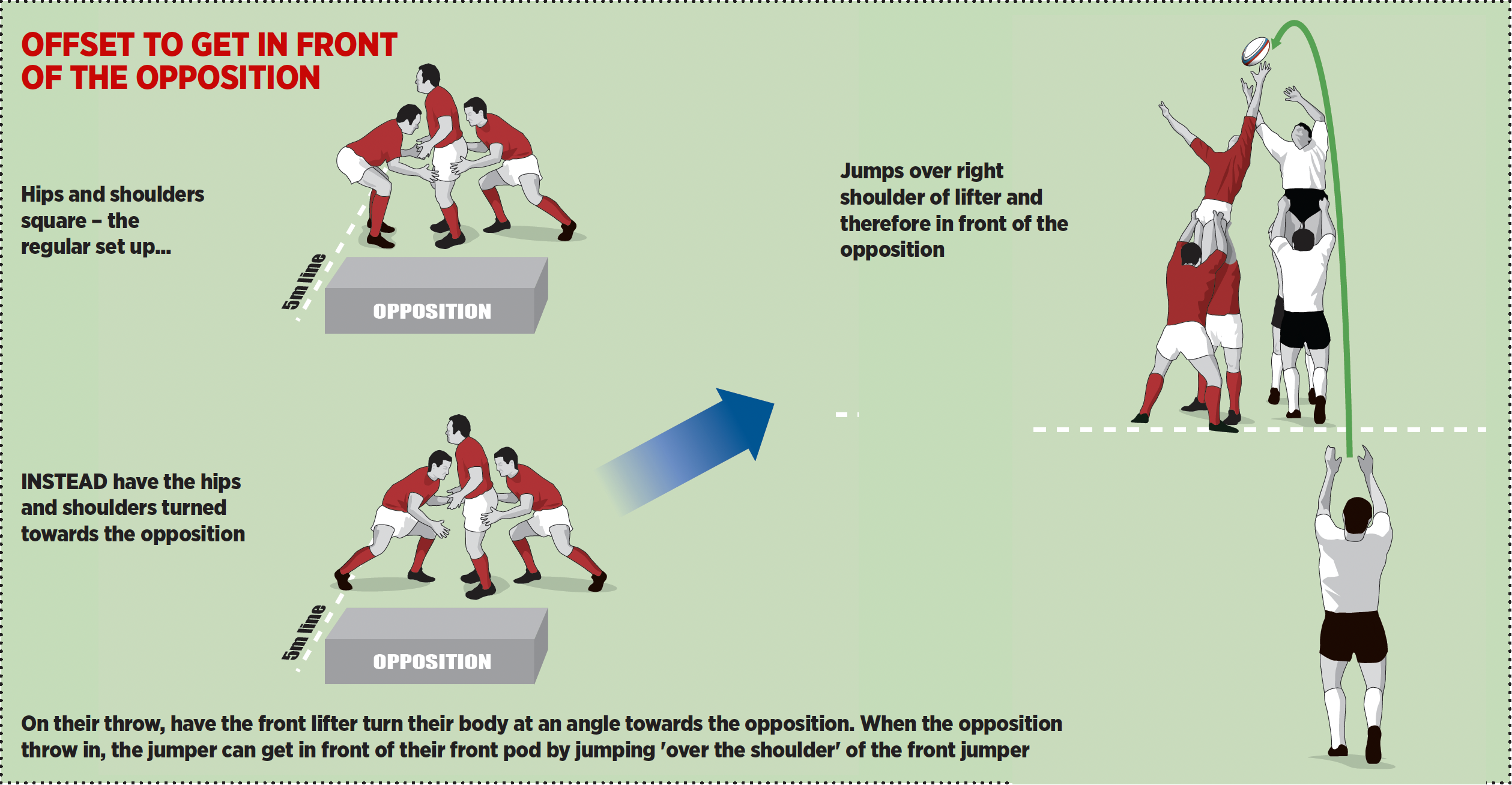Hard lines in attack
Against a defensive line, an attacker’s change of angle can create space. Help players understand how and when to run these angles.
’Hard lines’ is a term describing the running line of an attacker, generally straight or back towards the ball.
Accurate running lines are a vital tool when looking to break down a strong defence by attacking weak shoulders and spaces around defenders.
A hard line can also be a contrasting running line to the ball carrier. If a ball carrier is running across the field, trying to drag defenders out of position, a ’hard’ contrasting running line by a support player is needed to straighten the attack, targeting defenders over-chasing, and with turned out body shapes to punch through the defence.
Over-chasing means trying to cover across the pitch quicker than needed, making it easy to step inside that player.
When to use the hard line
Defences are generally looking to keep as many defenders on their feet as possible, which can mean there’s a line of defenders covering across the field.
At times like these attacking teams need to try to punch through the defence and breach or break the gain line. By moving the gain line back towards the opposition’s goal line, it will force the defence to congest around the breakdown, creating space elsewhere on the pitch.
Techniques
With a hard line, players need to lower their body height and duck and tuck through the contact, maintaining a strong body position and having two hands firmly on the ball.
To create more space, and therefore a greater chance of breaking or denting the defensive line, it is vital that the attackers manipulate the defence with their running line and body language.
A running line that angles straight back into a hole will give the defence an easy cue, allowing them to adjust and hit the carrier with two tacklers and dominate the collision.
In order to isolate defenders, the attacker should always move forward first to engage their opposite defender before moving off their line and attacking back towards the ball and at space.
Fixing a defender with early straight running will often slow, or plant, a defender’s feet, allowing the attacker time to accelerate and win the race to the space inside.
training ’hard lines’
The illustration below is a good example of a drill to start learning accurate running lines and winning the race to space in attack.
Attackers line up opposite the goalposts, which is, generally, good defensive spacing. Work on A1 catching and running square towards the first post, making sure they don’t fall off their pass to the inside. A2 runs straight, then adjusts in towards the ball on the timing of the pass.
The second example below shows the first receiver, A1, squaring up the first defender and then bouncing into the space between the two defenders to attract them in. A2 can pick a straight line outside the second defender, which is the post.
Related Files
It can be progressed into game-like scenarios to represent ways to use running lines against a congested defence.
Use edge scenarios, where the defence has equal or more numbers than the attack, forcing the attackers to use hard lines to punch and penetrate through the defence.
It is important for all attackers to react to a change in running line and follow the ball carrier through and look for support.
Key points
- Engage the defender first by forcing them to move into position to tackle.
- Attack the edge of the defender not the space between two defenders.
- The passer needs to adjust the pass to suit the angle of the hard line.
Newsletter Sign Up
Coaches Testimonials

Gerald Kearney, Downtown Las Vegas Soccer Club

Paul Butler, Florida, USA

Rick Shields, Springboro, USA

Tony Green, Pierrefonds Titans, Quebec, Canada
Subscribe Today
Be a more effective, more successful rugby coach
In a recent survey 89% of subscribers said Rugby Coach Weekly makes them more confident, 91% said Rugby Coach Weekly makes them a more effective coach and 93% said Rugby Coach Weekly makes them more inspired.
Get Weekly Inspiration
All the latest techniques and approaches
Rugby Coach Weekly offers proven and easy to use rugby drills, coaching sessions, practice plans, small-sided games, warm-ups, training tips and advice.
We've been at the cutting edge of rugby coaching since we launched in 2005, creating resources for the grassroots youth coach, following best practice from around the world and insights from the professional game.






